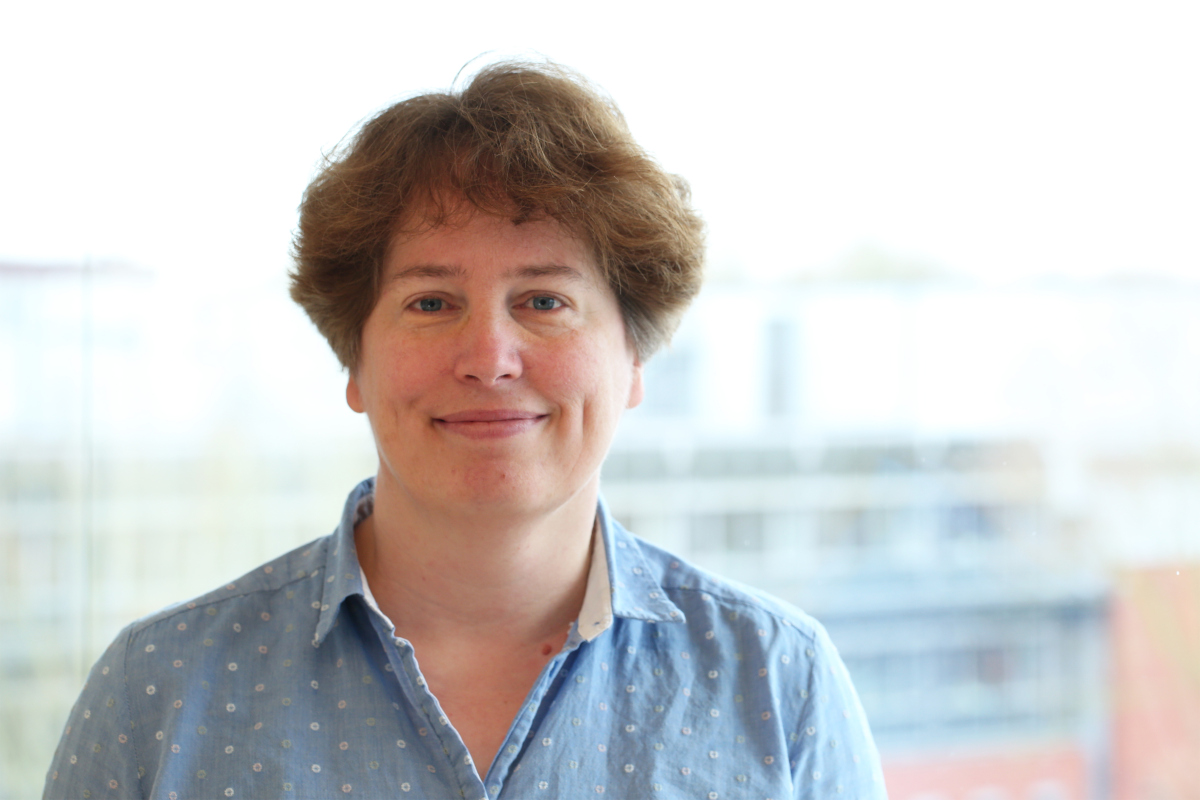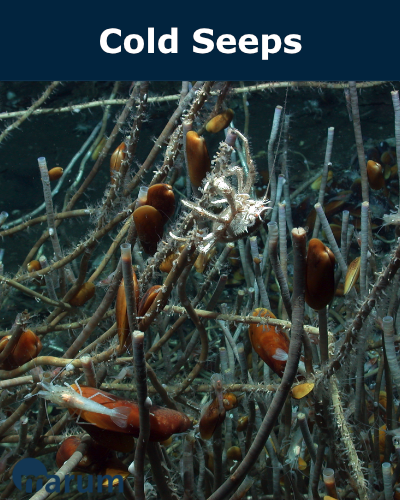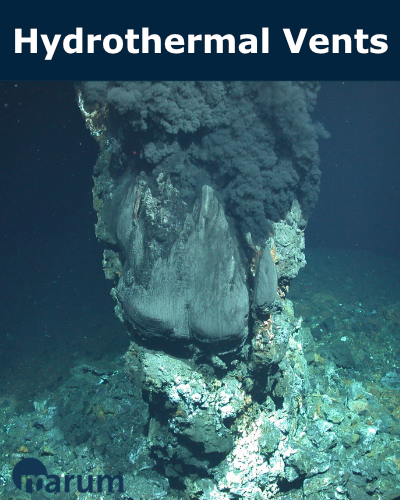Project Leader
- Departments
- Department of Molecular Ecology
- Seeps and Vents
Seeps and Vents
In the deep-sea, cold seeps and hot vents are unique habitats for animals and microbes. They emit energy-rich fluids from the seafloor thus nourishing oasis of life in the generally food-limited deep-sea. Diverse chemosynthetic microbes have evolved using oxygen from the sea water to oxidize hydrogen sulfide, methane and other reduced compounds present in seep and vent fluids. Animals such as mussels, clams, and snails feed on the microbes and heavily colonize these areas. In general, seeps can be distinguished from vents by their slower seepage of cold and methane-rich fluids from sediments versus a vigorous venting of hot sulfide and metal-rich fluids from rocky settings.
Cold seeps are widespread along continental margins. They are characterized by the emission of natural gas, a mixture of hydrocarbons and reduced fluids from subsurface reservoirs to the seafloor. In anoxic layers, the microbially-mediated anaerobic oxidation of methane (AOM) and of other non-methane, short-chain alkanes is a key biogeochemical process forming huge microbial biomasses, thus, preventing the release of climate active gases into the atmosphere. In this project we collaborate with the HFG-MPG Research Group for Deep-Sea Ecology and Technology (G. Wegener/A. Boetius) and with the MPG Research Group Microbial Metabolism (T. Wagner).
Hydrothermal vents can be found along mid-ocean ridges, in bac-arc basins, at submerged island arc volcanoes, and at intraplate hotspots in areas where a heat source such as a magma chamber is located close to the seafloor. Here, cold oxygenated seawater entrained in the rock gets heated and chemically modified before it is again emitted into the water column. These fluids are, depending on the geological setting, enriched in reduced compounds such as hydrogen sulphide, hydrogen, methane and iron. They build the fundament for chemoautotrophic life leading to “oases” in the otherwise food limited deep-sea. Our research on hydrothermal vents is conducted within the framework of the Cluster of Excellence “The Ocean Floor – Earth’s Uncharted Interface” lead by MARUM (University of Bremen)
Detailed Information
Project leader
Department of Molecular Ecology
MPI for Marine Microbiology
Celsiusstr. 1
D-28359 Bremen
Germany
|
Room: |
2222 |
|
Phone: |

Department of Molecular Ecology
MPI for Marine Microbiology
Celsiusstr. 1
D-28359 Bremen
Germany
|
Room: |
2202 |
|
Phone: |


